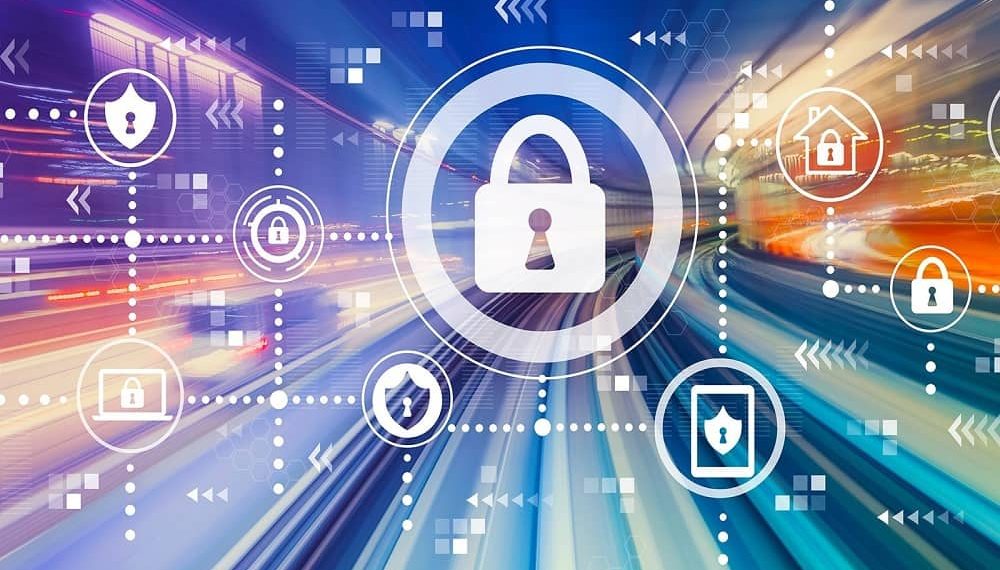Advantages of technology are plenty and it will be only apt to say that these advantages have given a towering experience to the rail industry. However, sustaining these advantages, in the long run, is what this industry expects to garner most of the benefits from. One of the most ever-demanding issues that this industry faces is the ever-increasing competition from other modes of transport. Besides, there is a massive cost involved in the maintenance of railway operations. To top it all, the most significant of all the challenges that have cropped up of late is that from cybersecurity.
Cybersecurity threat for Railways- Is it for real?
Rail networks globally are undergoing a paradigm shift when it comes to getting technologically upgraded. With unmanned train operations becoming a reality today, the threat of cyber-attacks is inevitable. Moreover, even the signalling systems have seen a phenomenal rise in the technologies used making them prone to such threats. More the technology used more are the chances of malware creeping in and destroying the fundamentals with which they were started in the first place. So people who think that cyber threat is just a passing issue when it comes to this industry should give it a thought again.
Rapid urbanization in cities
This has indeed led to more influx of public transport, especially in railway networks. With the rise in the schedule of railway operations, it becomes important to mitigate the threat posed by hackers. Cybersecurity thus plays the role of a very important element that not only diminishes the extent of the malware but also makes alternate adjustments in quick time.
Let us know the top priorities that should be implemented on network devices which are deployed within the rail industry:
Authorization holds the key
When it comes to cybersecurity, only authorized people must be allowed to change the network settings. Sharing of login credentials gives rise to vulnerability because people with malicious intent are provided with an opportunity to corrupt the entire system. So, authorization and more importantly not sharing the same login credential with the network administrators is very important. Access control is the first step towards minimizing the extent of a cyber-attack on railways as giving unrestricted access to critical areas poses a great amount of threat.
Data security
Rail networks involve multiple devices and systems connected to the network. Data, needless to say, plays a pivotal role in monitoring the railway health and stability. It hence becomes essential to transfer it with a high level of security in place. Using Secure Sockets Layer-SSL or Virtual Private Network- VPN is some of the many ways to ensure data integrity.
Design protocol for wireless networks
With Wi-Fi networks being offered onboard various passenger trains these days, cyber bugs and viruses have found a new entry to the system core. Since passenger devices are connected to onboard AP’s, everybody accesses the same network and which is where the possibility of a virus or cyber-attack gets elevated. Not only that, there is always a situation where passenger data might get stolen for malicious usage. Hence, it is all the more important that wireless client isolation is used to prevent passenger’s devices to directly communicating with each other on the same network.
Secure Network Infrastructure
Designing of secure network infrastructure is essential to protect individual zones and cells. When building a network, it is ideal to segment networks so that the traffic can be isolated to protect against intentional cyber-attacks. Due to firewalls at each zone, network administrators can define a zonal interaction which minimizes the threat of malware to a significantly large extent. Basis the train operations, these networks can be preconfigured to only allow communication between certain zones and cells.
Inadvertently, continuous monitoring of the system by cyber experts will always prove to be of great help in determining the areas that need enhancements to avoid security threats. The cybersecurity providers for railways have already started to see a huge potential and this is just the beginning. The fact remains that how rapidly a particular rail network gets used to the do’s and the protocols which are laid by the cybersecurity vendors and organizations. After all, more than anyone else, it is all about the control administered by the personnel’s working on the system.


































